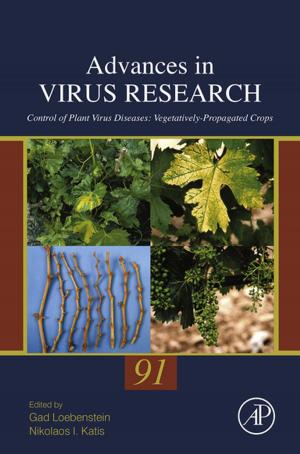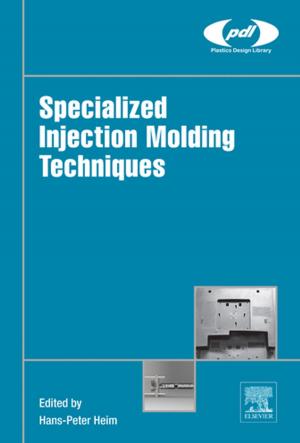Lockhart and Wiseman’s Crop Husbandry Including Grassland
Nonfiction, Science & Nature, Technology, Agriculture & Animal Husbandry, Nature| Author: | Steve Finch, Alison Samuel, Gerry P. Lane | ISBN: | 9781782423928 |
| Publisher: | Elsevier Science | Publication: | July 19, 2014 |
| Imprint: | Woodhead Publishing | Language: | English |
| Author: | Steve Finch, Alison Samuel, Gerry P. Lane |
| ISBN: | 9781782423928 |
| Publisher: | Elsevier Science |
| Publication: | July 19, 2014 |
| Imprint: | Woodhead Publishing |
| Language: | English |
Increased yields, markets, and profitability have led to changes in crop husbandry. Since its first publication in 1966, revised editions of Lockhart & Wiseman's Crop Husbandry Including Grassland have upheld and increased the book's good reputation. This ninth edition maintains its status as the standard textbook for many agricultural courses.
Part one covers the principles of crop production with chapters concerning plants, climate, soil management, fertilizers, manures, weeds, and diseases threatening farm crops. Part two surveys crop husbandry techniques. Environmental impact has been addressed in greater detail in this edition. This section looks at issues such as sustainable crop management, precision farming, and organic crop husbandry. The way these general techniques apply to individual crops is explained in part three. This part considers a range of cereals, combinable break crops, root crops, industrial crops, and fresh produce crops. Part four looks at the use of grassland and forage crops, with chapters considering arable forage crops, the characteristics of grassland, and the corresponding methods for establishing and improving grassland. This part also includes information regarding equine grassland management and conservation of grass and forage crops.
This ninth edition of Lockhart and Wiseman's Crop Husbandry Including Grassland is relevant for students throughout the United Kingdom and Europe. It is a useful reference book for agriculture National Diploma courses, Foundation Degrees, and BSc degrees, and is important for Masters level students entering agriculture from another discipline.
- The previous edition has been widely expanded and remains the standard text for general agriculture, land management, and agri-business courses
- Includes new chapters on cropping techniques, integrated crop management and quality assurance, seed production and selection, and the influence of climate
- Discusses basic conditions for crop growth, how techniques are applied to particular crops, the influence of weather, and the use of grassland
Increased yields, markets, and profitability have led to changes in crop husbandry. Since its first publication in 1966, revised editions of Lockhart & Wiseman's Crop Husbandry Including Grassland have upheld and increased the book's good reputation. This ninth edition maintains its status as the standard textbook for many agricultural courses.
Part one covers the principles of crop production with chapters concerning plants, climate, soil management, fertilizers, manures, weeds, and diseases threatening farm crops. Part two surveys crop husbandry techniques. Environmental impact has been addressed in greater detail in this edition. This section looks at issues such as sustainable crop management, precision farming, and organic crop husbandry. The way these general techniques apply to individual crops is explained in part three. This part considers a range of cereals, combinable break crops, root crops, industrial crops, and fresh produce crops. Part four looks at the use of grassland and forage crops, with chapters considering arable forage crops, the characteristics of grassland, and the corresponding methods for establishing and improving grassland. This part also includes information regarding equine grassland management and conservation of grass and forage crops.
This ninth edition of Lockhart and Wiseman's Crop Husbandry Including Grassland is relevant for students throughout the United Kingdom and Europe. It is a useful reference book for agriculture National Diploma courses, Foundation Degrees, and BSc degrees, and is important for Masters level students entering agriculture from another discipline.
- The previous edition has been widely expanded and remains the standard text for general agriculture, land management, and agri-business courses
- Includes new chapters on cropping techniques, integrated crop management and quality assurance, seed production and selection, and the influence of climate
- Discusses basic conditions for crop growth, how techniques are applied to particular crops, the influence of weather, and the use of grassland















